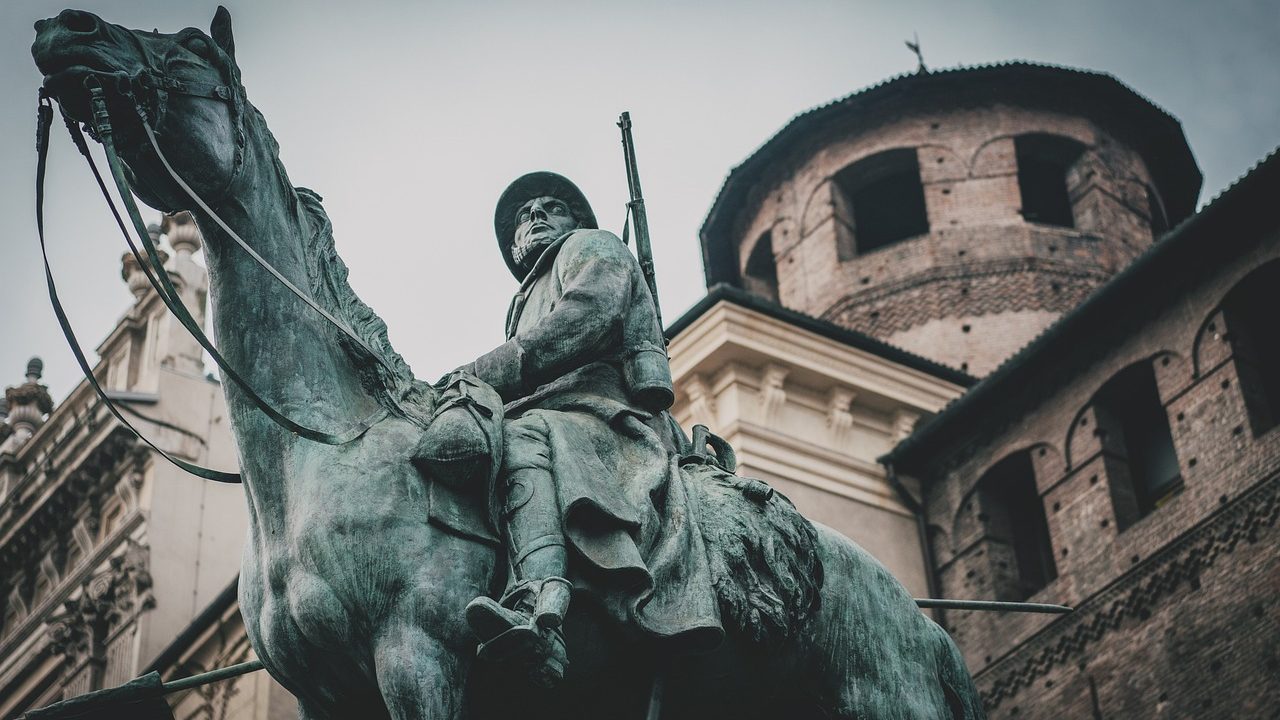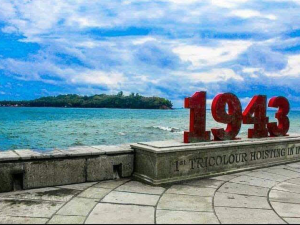The chivalry in the Middle Ages or medieval age was considered a “code of ethics” expected from the knights in Europe. It included rules that stated how nobility should behave. It was a code that was used to distinguish between the higher classes from those below them in terms of morality. It helped the knights to earn a proper reputation and respect in the society. The chivalric qualities that were required in the knights were courage, honour, loyalty, justice, military prowess, and generosity. In later years chivalry became more “romantic” and was idealized by people and also the poets and authors. Chivalry became a subject of literature. Chivalry was promoted by knights taking an oath to protect the church and defenseless people.

Medieval Europe was developing rapidly but it was prone to violence. Chivalry was considered both a problem and a solution. It was as much part of “heroic violence” as it was also displayed as an act of generosity, honour, and piety that was often found to be attracted by women. The chivalric or romantic literature added up to its necessity and recognition by the civilians. Some literature criticized chivalric practices and violence. The interaction between institutions like church and state was complex. Both kings and clergies feared knighthood.
The Arab conquest of holy lands was only processed through the relations between church and warfare, and it resulted in crusades reclaiming their Christendom. The state was benefitted by men who trained and fought for their monarch. As the romantic tales and poems were spread, the idea of chivalry rose. Courtly love, unrequited love, and heroic knights were some major subjects of the literature. A legendary figure, King Arthur and his knights of the Round Table were influenced by ideals of chivalry and tried to purify the minds of noblemen. Generally, in Arthurian tales, only good would find hail. Hector of Troy, Alexander the Great, and Charlemagne were some chivalric figures who appeared in literature. Chivalry not only taught people to be disciplined or well-mannered but also to separate nobles from common people. For example, the” Norman conquest” of 1066 CE in England.
The standards were made for who could become a knight or not. This rule was developed during the reign of the king of Sicily in 1104 CE Roger II. He forbade the entry of any person who posed a threat to peace, from becoming a knight. In the kingdom of Germany, the peasants were not allowed to become knights. Frederick I, a Roman Emperor made a law that sons of peasants or priests could not become a knight. By the 13th century, it became common for only the son of a knight to become a knight in England. France and Germany were exceptions to this. Even then it was viewed that honour and virtue could be “inherited” and not “acquired”. The knights were expected to hold their chivalric code any kind of misdemeanors led to serious consequences for knights, like removing their status and other punishments.
Knighthood and chivalry also took place in the form of tournaments. Edward III, the English king was especially in support of tournaments and cult of chivalry. It was also known as “the medieval tournament” in which good knights showed their qualities and abilities. In India, the chivalric pattern was the same as in Europe. The military was considered an important source for the king to display his power and the strength of the kingdom.
ARTICLE BY – MISHTI GADHVI | EDITED BY – SAHIL HARVANI



